Famous Edinburgh buildings with hidden histories
This article contains affiliate links. We may earn a small commission on items purchased through this article, but that does not affect our editorial judgement.
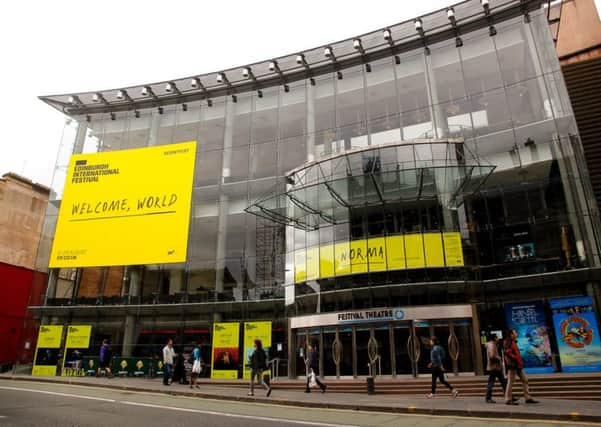

Many Edinburgh buildings are no longer used for their original intended purpose, but uncovering their intriguing hidden histories can give us a glimpse into their former life.
Festival Theatre
Location: 13-29 Nicolson Street
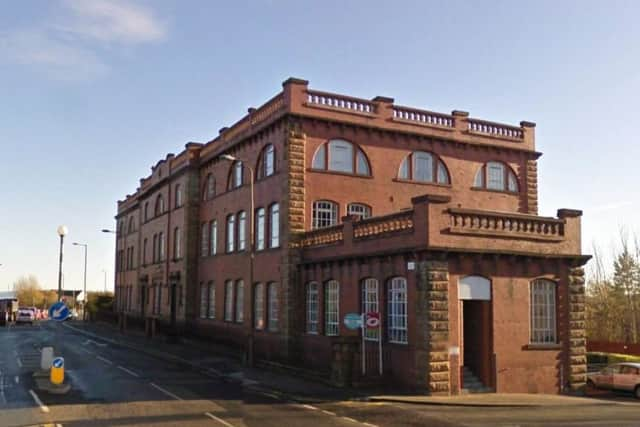

Edinburgh’s Festival Theatre stands on Scotland’s longest running continuous theatre site. It was previously known as the Queen’s Theatre and then Newsome’s Grand Circus, which was destroyed by a fire in the late Victorian period.
Advertisement
Hide AdAdvertisement
Hide AdThe theatre was rebuilt and re-opened in 1892 as the Empire Theatre, but it too was struck by a tragic fire. The Empire burned to the ground in 1911 when a performance by magician The Great Lafayette went wrong. The current building which stands in its place was built in 1994.
Ramsay Technical Institute
Location: Inchview Terrace, Portobello
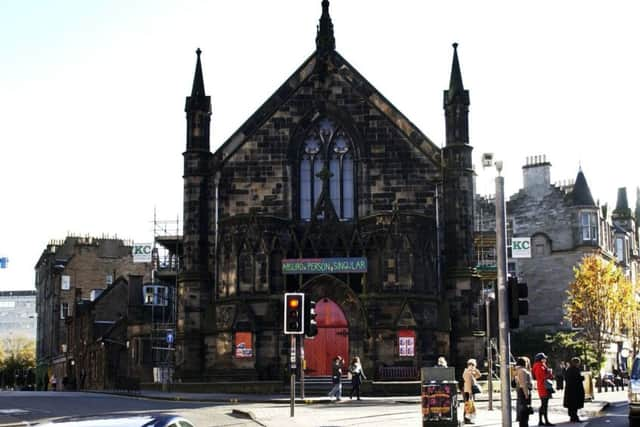

Many old factories, warehouses and institutions have been converted in recent years into private accommodation, but this block of flats in Portobello has a particularly interesting backstory. It is best known as the Ramsay Technical Institute (and still bears the school’s name above the main entrance) but it was originally built as a chocolate factory.
Established in 1905 by German-born Charles William Schulze, the factory made luxury continental chocolate until 1915 when the First World War called a halt to production and Schulze was forced to register as an enemy alien. The factory was seized by the military and was used as a billet for troops for the rest of the war.
Hotel du Vin
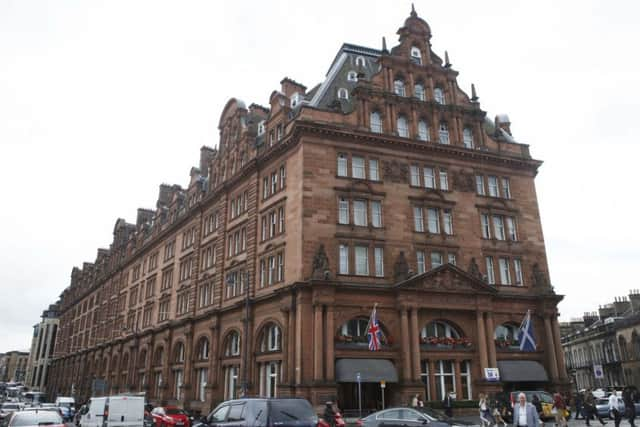

Location: 11 Bristo Place
Bought by luxury boutique hotel chain Hotel du Vin in 2006, this site started out in the 18th century as Bedlam lunatic asylum. Housing the city’s poorest psychiatric patients, the asylum was notorious for its terrible conditions.
Bedlam began to fall out of use in the mid-1800s, and by the First World War it was being used as a medical and scientific research centre. After the Second World War it became a blood donor centre, before finally being converted into the cosy, welcoming hotel that stands there today - a far cry from its gruesome past.
Caledonian Hotel
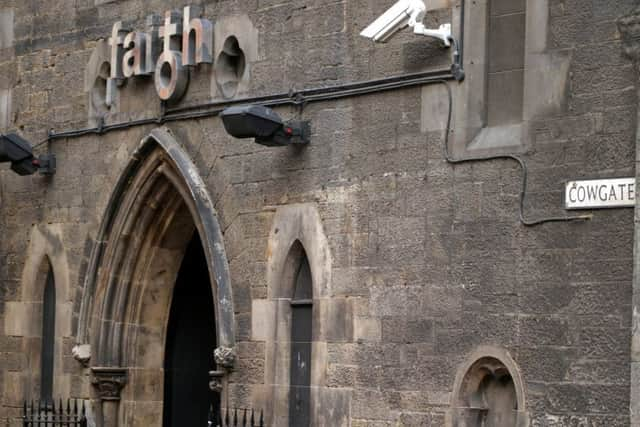

Location: Princes Street
Back in the heyday of Victorian rail travel, Edinburgh was home to several railway stations that have long since disappeared. The grand Caledonian Hotel was built in 1899 on top of Princes Street Station, acting as a rival to the Balmoral Hotel which stood alongside Waverley.
Princes Street Station was demolished in 1970, allowing the Caledonian Hotel to expand. The only reminder of the old station is the cast iron gate over the old entrance – which is now a car park on Rutland Street.
Stramash
Location: 207 Cowgate
Advertisement
Hide AdAdvertisement
Hide AdThe building at 207 Cowgate recently underwent a major renovation to transform it into a 900-capacity live music venue. Built in 1859, the location was originally the Cowgate United Free Church and was designed by Edinburgh architect Patrick Wilson.
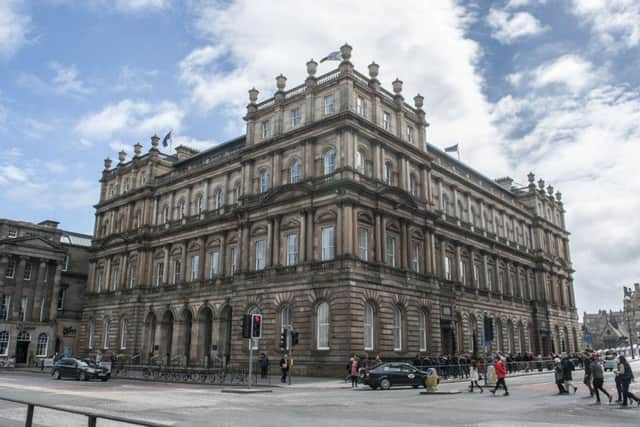

Before becoming Stramash, the former church went through several incarnations as student bars and nightclubs such as Faith and Sin, the names of which were a nod to the building’s previous use as a place of worship.
Waverley Gate
Location: 2-4 Waterloo Place
Waverley Gate - a modern and stylish office complex - occupies the shell of the former General Post Office which closed in 1995. Retaining the A-listed façade, the inside of the building was completely demolished and rebuilt between 2002 and 2005.
The General Post Office was built on the site of the former Theatre Royal, and Prince Albert laid the foundation stone in 1861. The GPO even had a direct entrance to Waverley Station where post was loaded straight onto mail-trains and sorted on-board for delivery elsewhere in the UK.
New Palace Cinema
Location: 18-22 High Street
Edinburgh has plenty of long-gone cinemas, but one that’s often overlooked is the New Palace Cinema on the historic Royal Mile. There’s not much of it left, but the name – carved into the stone façade – can still be seen above the gift shops which now occupy its place.
The cinema opened in 1929 but closed down in 1956. It was converted into McGoo’s Nightclub in the 1960s and hosted top bands like The Who and The Kinks. The nightclub’s success was short lived and it shut in the 1970s, then lay derelict for many years before being converted into shops.
Summerhall
Location: 1 Summerhall Place
Summerhall has become one of Edinburgh’s most popular arts hubs with events, exhibitions and studio space dotted throughout the sprawling site. Before being converted into this creative centre, Summerhall’s most famous use was as the Royal (Dick) School of Veterinary Studies.
Advertisement
Hide AdAdvertisement
Hide AdThe Dick Vet - which is part of the University of Edinburgh - moved to the purpose-built site at Summerhall in 1916, but before this the area had been home to a brewery owned by the McClellan family. The well of the brewery, which dates back to the early 1700s, is still visible today.
Lakeland
Location: 55 Hanover Street
High street chain Lakeland’s Edinburgh store is a little more grand than most shops. It is located inside the former Edinburgh Life Assurance Company building, which was used for many years as offices for the financial company.
Originally designed in 1843, the building was taken over in 1909 by the Royal Society of Edinburgh who still occupy the top floors of the building.
The Biscuit Factory
Location: 4-6 Anderson Place
As the name suggests, the Biscuit Factory - which is now a creative events space with studios and offices - used to be a factory which produced biscuits.
Crawford’s Biscuits erected the building in 1947 and it served as a warehouse and production space for several years. After closing down, the building fell into disrepair and it had been empty for the best part of a decade before it was transformed in 2015.
DOWNLOAD THE EDINBURGH EVENING NEWS APP ON ITUNES OR GOOGLE PLAY